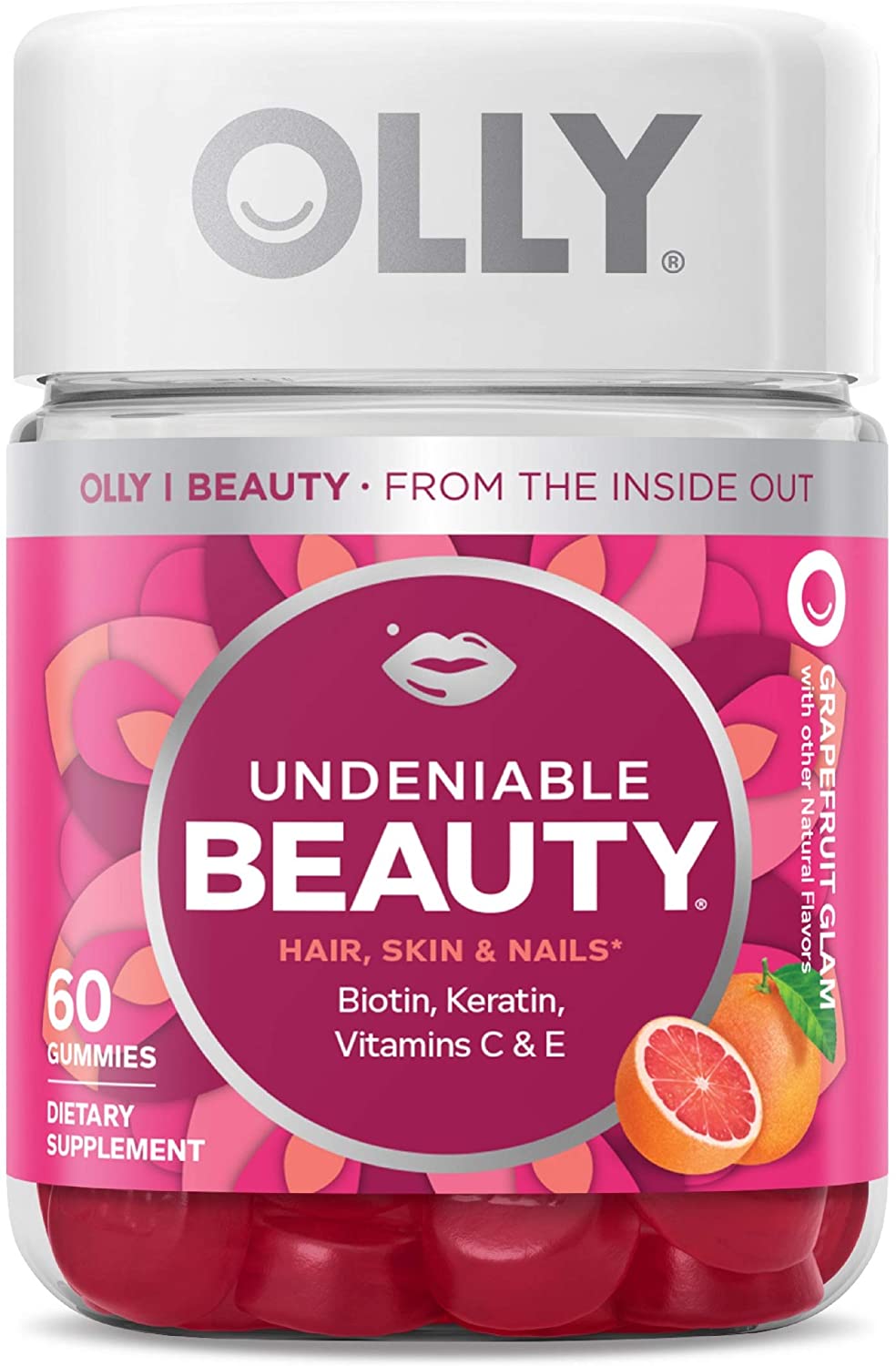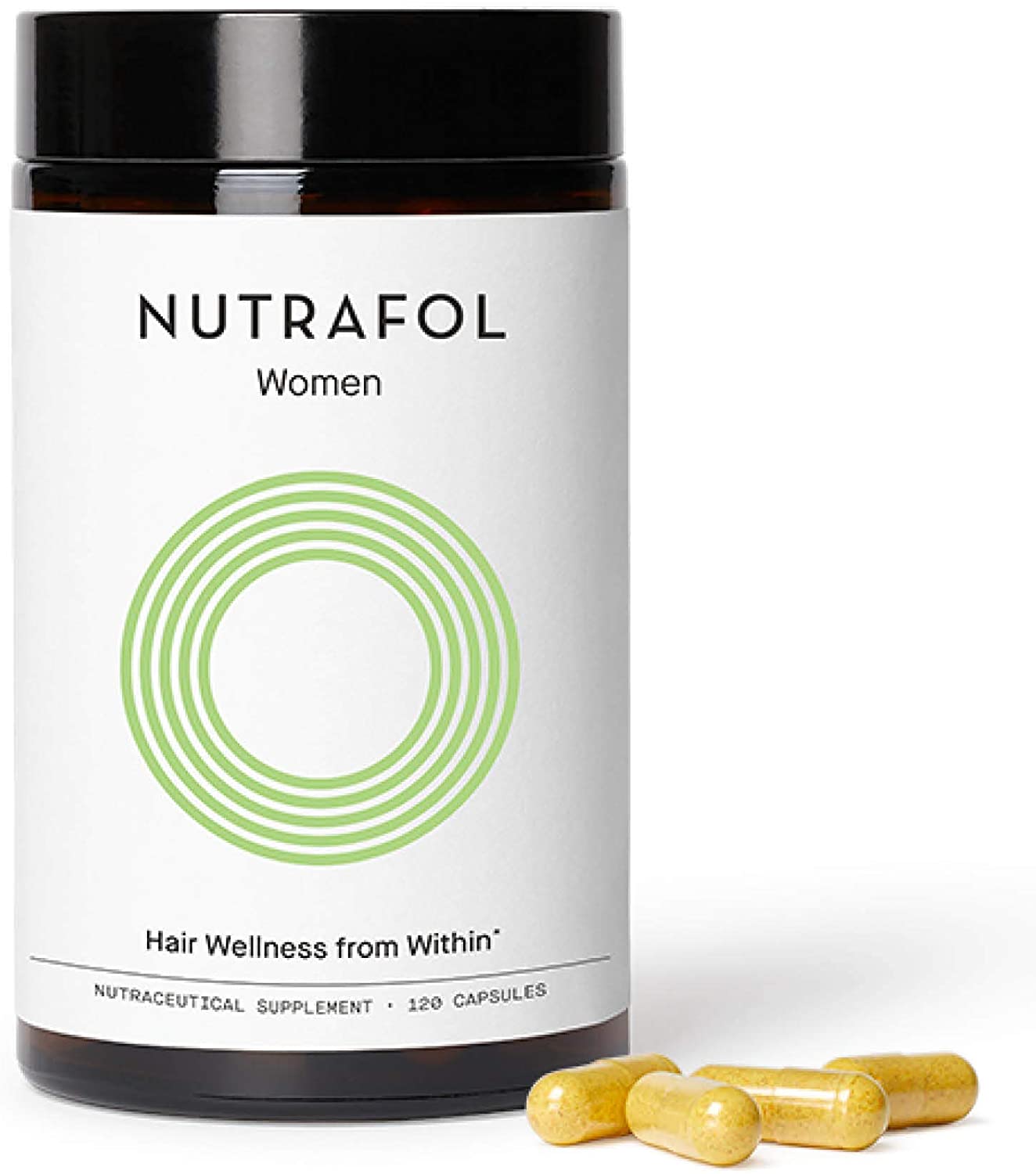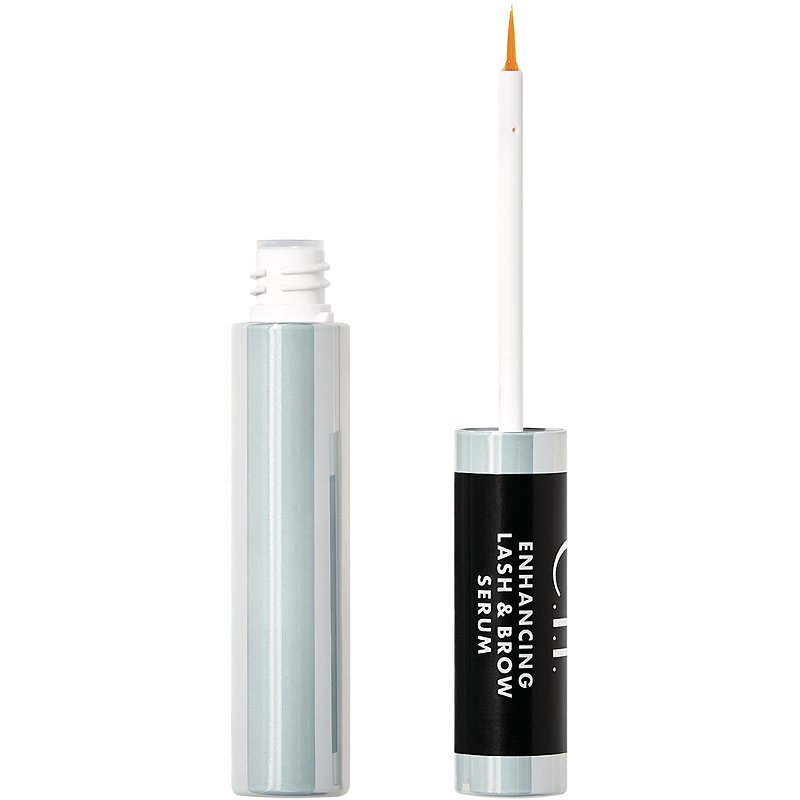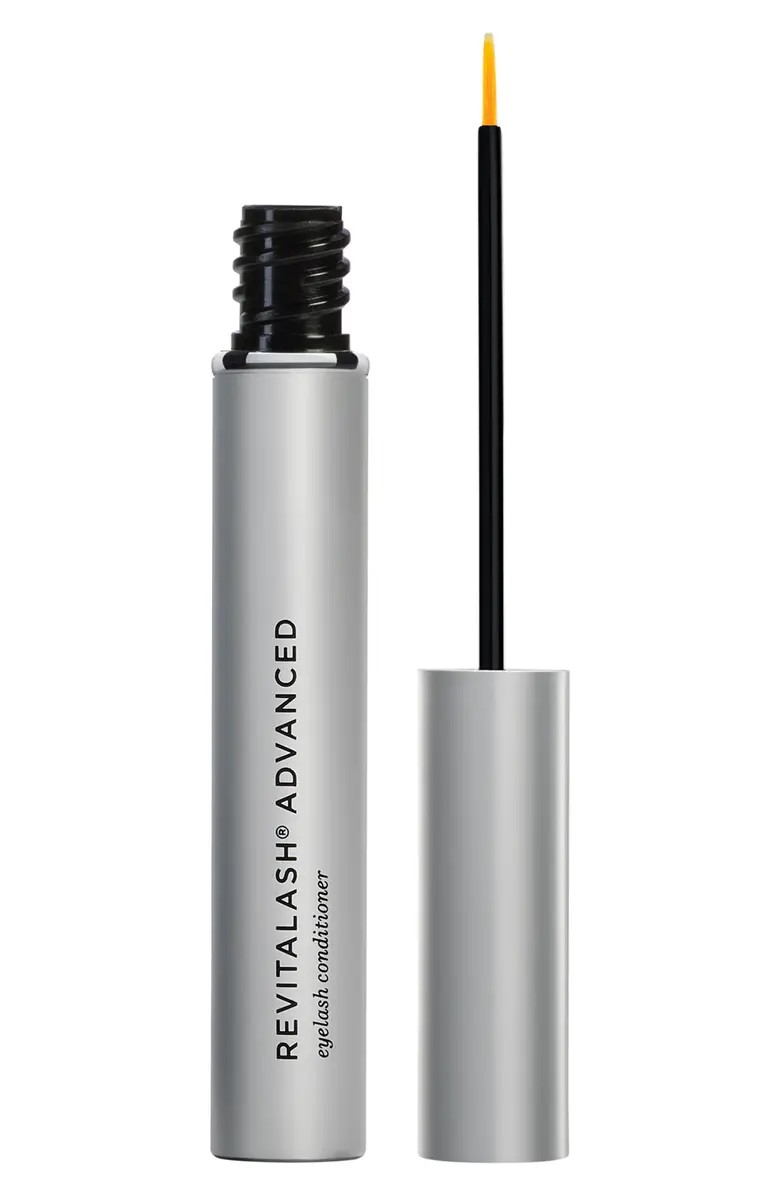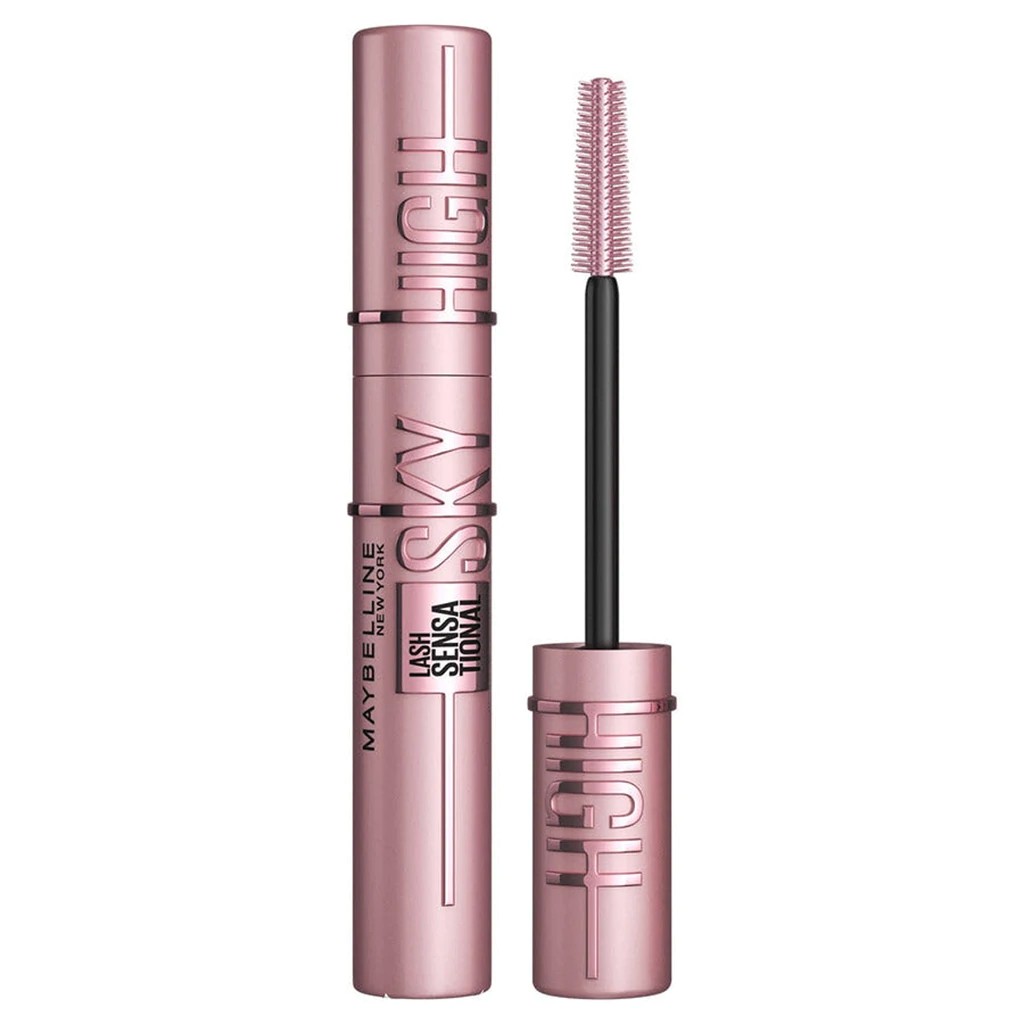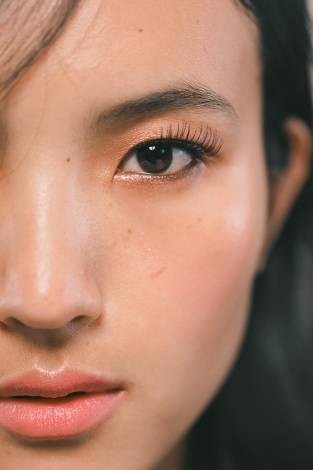Did COVID Make Me Lose My Eyelashes?
People are talking about losing the hair on their heads post-pandemic, but there are other spots that may be looking a bit sparse.


Recently, I rubbed my fingers over my eyelashes and...they weren’t there. Well, they were there, but just barely; they felt wispy, insubstantial. I hadn’t made a habit of feeling my eyelashes before this, so I couldn’t really say what they used to feel like. But I’m pretty sure they didn’t feel quite so frail, brittle, and short.
Early in 2020 I had a constellation of common COVID symptoms (loss of taste, red eyes, hacking cough). I was very lucky and soon recovered to some semblance of normal—with a fuzzy ringing in my ears, occasional breathless feeling, and fatigue. At that time in the pandemic, you just stayed home unless you were severely ill, so I don't know for sure that I had it but I’m pretty sure.
Like many, I saw a COVID-recovered Alyssa Milano on Twitter brushing out big clumps of her hair. Several friends whom I knew had tested positive for the virus turned up with eyelash extensions. That's around when I felt my lashes—all three of them, lol—and started to wonder.
“Since the pandemic, loss of lashes has the been the number one issue my patients have asked about. The second is maskne,” says Doris Day, M.D., a clinical associate professor of dermatology at the New York University Langone Health. There are several possible reasons, including telogen effluvium (hair loss due to stress) and alopecia areata, an autoimmune condition causing hair loss.
Even before the pandemic, the eyes were the windows to the soul, etc. Then, they were taxed expressing our thoughts and feelings above our masks. Our shopping carts reflect that. In 2020, the top search terms leading to a beauty purchase on Amazon were “face wash” and “shampoo,” according to research by 1010data, a retail intel provider. Now, “mascara” is number one. There was a 70 percent increase in sales of eyelash-related products online in 2021 compared to 2019. November 2021 saw the biggest increase in sales of lash serums (up 402 percent since the start of the pandemic) in the past five years, according to Lovethesales.com, an online sales marketplace. In 2020 and 2021, online sales of false eyelashes have increased 173 percent from the previous year, and mascara is up 83 percent.
Although I am pretty sure no one ever died of lost eyelashes, our cultural beauty standards around hair mean M.I.A. lashes can exact an emotional toll. Former J.Crew style guru Jenna Lyons has a genetic condition that results in minimal-to-no eyelashes and brows. “I remember the first time somebody put eyeliner on me, it made a massive difference in the way that I saw myself and the way that I looked,” Lyons says. “I think not having eyelashes, you can feel a little washed out and invisible. It does really make a difference.” Recently, Lyons co-founded LoveSeen, a line of natural-looking fake lashes.
I can't wait to try them! But first I've been working through the boxes and bags of lash serums, hair-growth concoctions, nutritional supplements, and makeup that—after feeling those wispy hairs and going on a medical-Googling spree—I bought like an Amex-wielding tornado. Here's where I help you avoid a similar panic-buying spree by filling you in on what I've learned about how to regrow your eyelashes.
Get exclusive access to fashion and beauty trends, hot-off-the-press celebrity news, and more.
What does normal eyelash loss look like?
The life of a lash hair ranges from four to 11 months and consists of three phases: growth (anagen), degradation (catagen), and resting (telogen). Then the lash falls out and the cycle begins anew. The reason lashes don’t grow as long as the hair on your scalp is that the lash growth phase is shorter. Many humans have from 90 to 160 lashes on the upper lid, and around 75 to 80 lashes on the lower. (Not me, alas.)
Daily loss of significantly more than one to five lashes is considered excessive. This “stress shedding,” says Dr. Day, “could be telogen effluvium, a diffuse hair loss on the scalp that can also involve the lashes and brows. That usually happens about one to three months after the stress has begun.” Common causes include suddenly losing 20 pounds or more, giving birth, experiencing extreme stress, high fever, surgery, and hormonal fluctuations (such as stopping birth control pills). This type of hair loss isn’t accompanied by burning or itching scalp or a rash and, as your body readjusts, the amount of shedding tends to return to normal within six to nine months (which seems like a very long time to me as I type these words).
Another possible cause is alopecia areata, which develops when your system attacks its own hair follicles (anywhere on the body). There are several possible causes for this autoimmune form of hair loss. “The underlying trigger is not known,” says Dr. Day, “but could be a virus, which would make COVID a possible trigger. In that case, it's not the virus causing the reaction but rather a confusion of the immune system [in which] it reacts to the follicle as if it were the virus and attacks it.” This can pass without treatment…but it may take months.
If your hair loss concerns you, see a dermatologist. “Your internist or primary care physician may do bloodwork and tell you it’s fine,” says Dendy Engelman, M.D., a dermatologist in New York City. “[They] often won’t do a complete panel that addresses all potential forms of hair loss. So it is best to go to someone who specializes in hair loss—and dermatologists are the experts in that space. There are micronutrients such as B12 and zinc and different forms of anemia that can contribute to hair loss and autoimmune processes, as well.”

Adding nutritional supplements to boost hair growth is controversial—and some experts think it's better to eat your vitamins in food.
Which supplements can actually help with eyelash loss?
To me, the first and easiest thing to do was to pop one or more pills with some nutrient or combo thereof meant to support healthy hair. It’s worth noting that, due to the way nutritional supplements are regulated by the Food and Drug Administration, manufacturers do not need to prove that a supplement is effective, according to the National Institutes of Health Office of Dietary Supplements (ODS). The ODS caveat: “Dietary supplements are not intended to treat, diagnose, mitigate, prevent, or cure disease. In some cases, dietary supplements may have unwanted effects, especially if taken before surgery or with other dietary supplements or medicines, or if you have certain health conditions.” The value of supplements compared to consuming a varied diet as suggested by the U.S. Department of Agriculture dietary guidelines has been much debated. (Many of the nutrients that help hair and skin can be ingested in food.) Given that, these are some vitamins and ingredients commonly found in hair growth supplements that can help with hair, skin, and nails:
Biotin: This is a B vitamin that helps turn the carbs, fats, and proteins you eat into energy. The popular wisdom is that this metabolism can play a role in the health of hair, skin, and nails. There’s no RDA for it, and taking it can affect the results of certain blood tests, Engelman says.
Vitamin C and Iron: Red blood cells need iron to carry oxygen through the body and one sign of anemia (low iron) is, yes, hair loss. Vitamin C is essential to helping your gut absorb iron.
Vitamin E (a.k.a. tocopherol): Studies have shown an association between oxidative stress (an imbalance between your body's free radicals and antioxidants) and alopecia. Vitamin E is known to be a potent antioxidant, however it can be unsafe at high doses.
Vitamin D: Your skin makes it from sunlight, but many people don’t get enough that way. And, if your levels are low, you guessed it, it’s linked to hair loss.
Zinc: What’s one sign of a zinc deficiency? Yep, hair loss.
Will OTC lash serums regrow my eyelashes?
Some good news here! According to Day, “there are good lash and brow serums that can help speed up the recovery process." Lash serums and conditioners contain ingredients such as amino acids (a.k.a. peptides) and collagen and aim to boost the number and condition of lash hairs or hydrate them.
As for natural hair-growing ingredients such as cod liver oil, castor oil, or black seed oil: In practice, the UX of applying them to the eyelashes was not one I’d repeat.
What about Latisse?
Latisse is the brand name for medicated eye drops used to relieve intraocular pressure that, as a side effect, were found to grow longer, fuller, darker lashes. “Latisse is thought to extend the growing phase of lashes,” says Dr. Engelman, who worked on the drug’s trials. Latisse is FDA-approved for growing lashes and requires a prescription. It is only meant to be used on upper lashes, but, because you apply it before sleep, it may also beef up your lower lashes when your eyes are closed and the product rubs off from the upper lashes, she says. There are two known side effects, however, that have prevented me from trying Latisse, despite many users swearing that it totally does work: It can potentially permanently darken eye color or temporarily darken skin around the eyes. (Unlike my lashes, my dark circles don’t need a boost.)
Can I use minoxidil (the active ingredient in Rogaine) on my eyelashes?
Doctors we consulted don’t recommend it, as it could be irritating to the eyes. If you did dare to use it on your brows, says Engleman, you’d have to be very precise and careful since the concoction grows hair wherever you apply it. Meaning: You could end up with hairy eyelids. Or fingers.
Can TikTok help my eyelashes?
You can find anything on TikTok. Checking out #lashtok and #eyelashtok, I found one mascara review that has quickly become #Tiktokfamous.
Maybelline Lash Sensational Sky High Mascara hit shelves in late 2020 and is one of the brand’s top sellers—it doesn’t grow lashes but claims to make them look so full, you won’t care. It has more than 632 million views on TikTok and comments like “Look at that…what!?” and “Yall this one is worth your money” and “Where did those lashes come from?” The secret to the amazing lengths seems to be bamboo extract and fibers in the mascara’s formulation.
One TikTok user's mascara hack for thick, burst-y lashes involves dipping the mascara brush in face powder and then back into the mascara tube and then applying. Another way to amp up your flutter is her "zick-zack" trick, which involves stretching out your eyelid and then vertically zigzagging the mascara wand for maximum depositing.
TikTok is fun to explore, but understand that it doesn't replace expertise from your doctor or dermatologist. Seek counsel before trying a hack that could potentially cause irritation.
Can I get a laser treatment to help grow my lashes and brows?
Yes and no. Excimer lasers are used in dermatology to treat psoriasis and vitiligo—and hair loss from alopecia areata. However, according to a licensed esthetician we consulted, she would not use the laser on your lashes because it’s too close to your eyeballs, though she considers it safe for brows.
What about falsies?
Jenna Lyons was not happy with traditional falsies either. So, after leaving J.Crew, she cofounded (with Troi Ollivierre) LoveSeen. She emphatically believed that the brand should include believable thicknesses and hues—that would go with gray hair or the lightest hair colors. As Lyons says in a promo video, “I have three eyelashes on this side and seven reluctant ones on this side.” With a little practice, she's gotten to be a pro at donning faux lashes (and has even been known to jump on Zoom for tutorials with befuddled customers). Anything worth doing is worth practicing, she says.
“It's nice to be able to have something that makes you feel more like you and not like you're transforming yourself into something else,” Lyons says. “I think that the world of fake eyelashes and that beauty standard is pretty over-the-top. And it just doesn't work for everyone.” The closest-to-real lashes I've yet seen are those with a clear band like the LoveSeen's Luca lashes, which, Lyons says, look natural on the palest blonde. “They can really look much more natural than lashes that have more of a full line in the bottom. With those, you are forced to wear a lot of makeup and a darker look.” But LoveSeen also offers varying thicknesses and configurations—up to the fringe-tastic Noor, which is "layered for a stacked-lash."
Lyons swears by one ultra-realness tip for those basically without their own lashes: Brush on and blend brown powder eyeshadow along the base of falsies for a natural-looking lash line.
Are eyelash extensions too Disney-princess?
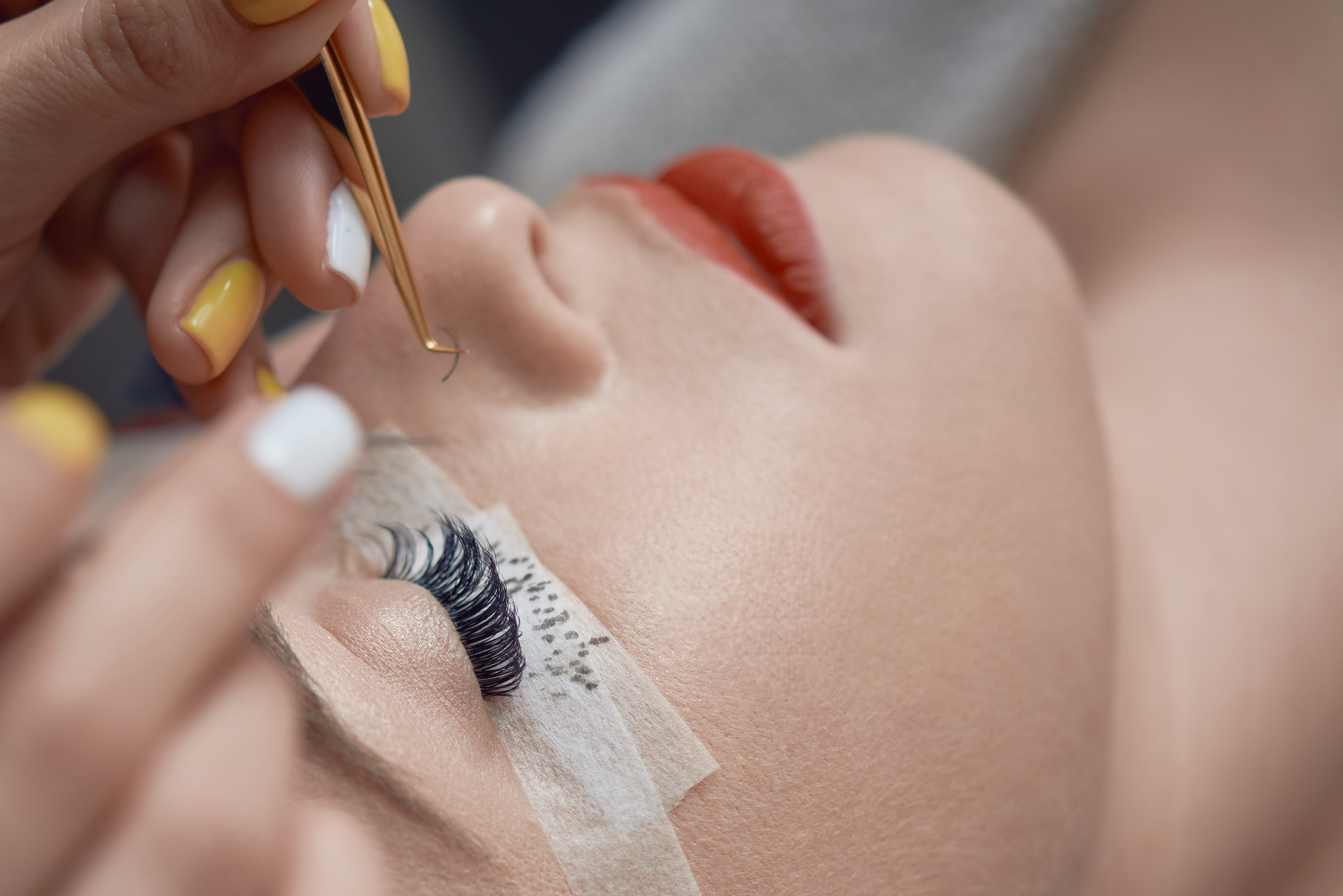
Some fans of extensions say that their application time is like "taking a lash nap."
That depends on you. As with false lashes, you can pick your look—from Real Housewives tarantula legs to a more believable effect. A quick caveat: Extensions won’t work if you’ve lost all or most of your lashes, according to Stephanie Nunnari, founder of Society of Lash in New York's Hudson Valley. Why? These semi-permanent falsies are usually synthetics applied lash-to-lash with a strong glue by a technician.
"The persona of our industry is that lashes have to be very dramatic,” Nunnari says, but customers can actually choose from a variety of lengths, curl levels, diameters, and layouts “We can use an extension that's shorter than your natural lashes or equal in length or just a tad longer. And we don't use just one length.” To find a provider, look for a professional who is licensed or certified, as regulations vary by state. Another tip: Nunnari suggests checking a lash pro’s social media to see if the looks they're posting jibe with what you want. Costs in most areas, she says, are about $150 for an initial set. As your lashes grow and shed naturally, so do your extensions, so she says most customers end up coming in every two or three weeks for touch-ups (about $60).
As for care and maintenance: After an initial 24-hours hands-off, “Treat them like your normal lashes,” Nunnari says.
What if I’m too lazy to do anything?
When the cause of your hair shedding is due to a fever, illness, or stress, hair tends to return to normal on its own, say our experts. You just have to give it time.
However, you will probably need to learn how to chill out, since ongoing stress can extend any hair loss caused by illness.
Since I used the buckshot approach—throwing everything simultaneously at the problem—it’s hard to tell what (if anything) is working.
Also, I just barely started the process, so my lashes—though nourished both from within and without—remain a bit skimpy. For now, the only magic I'm expecting to beef them up is what I get from waving a mascara wand.
Maria Ricapito is a writer who lives in the Hudson Valley.
